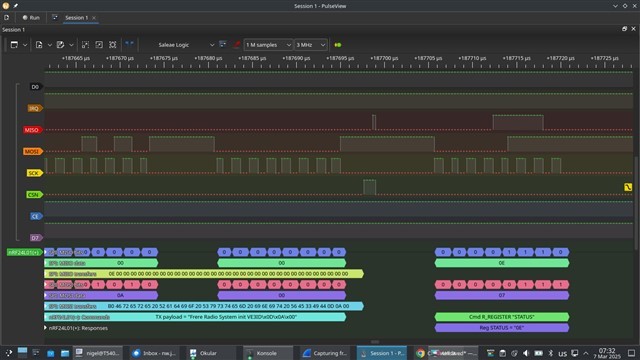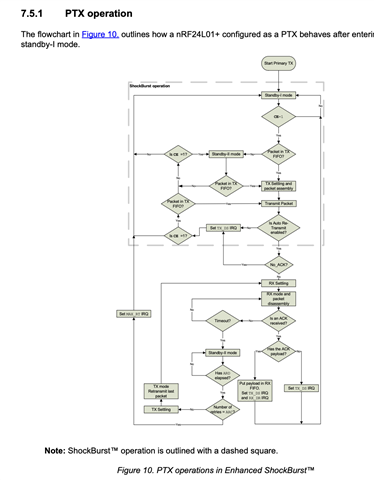Hi, I am looking for procedure to make it work nRF240L01? I am getting documents for Arduino but as you know that is not understandable, with Arduino it worked but i don't understood. Now i want to make it work with STM8L051F3. STM8L051F3 is 8 bit ultra low power controller. I am looking for procedure like what steps i have to follow so i can send data to another nRF240L01. Which commands i have to send. I want to transmit data after every 1 sec and then it will go in power down. Receiver will be always in receiver mode.




 yser.
yser.